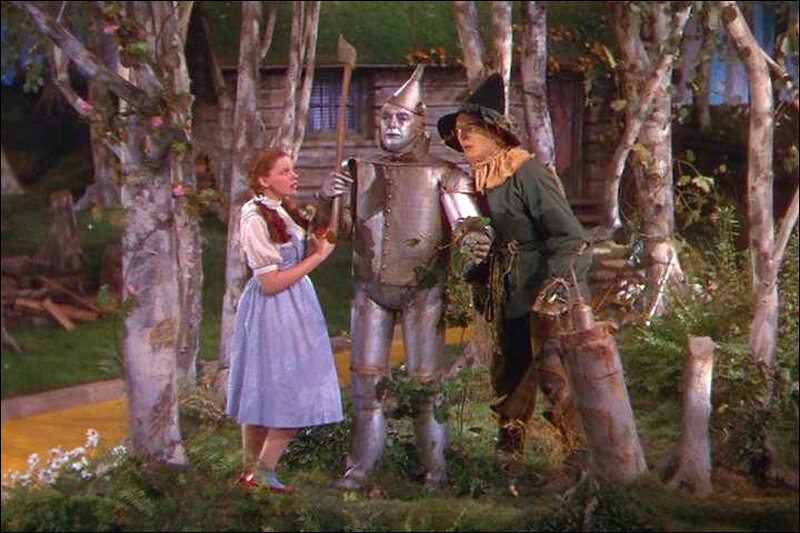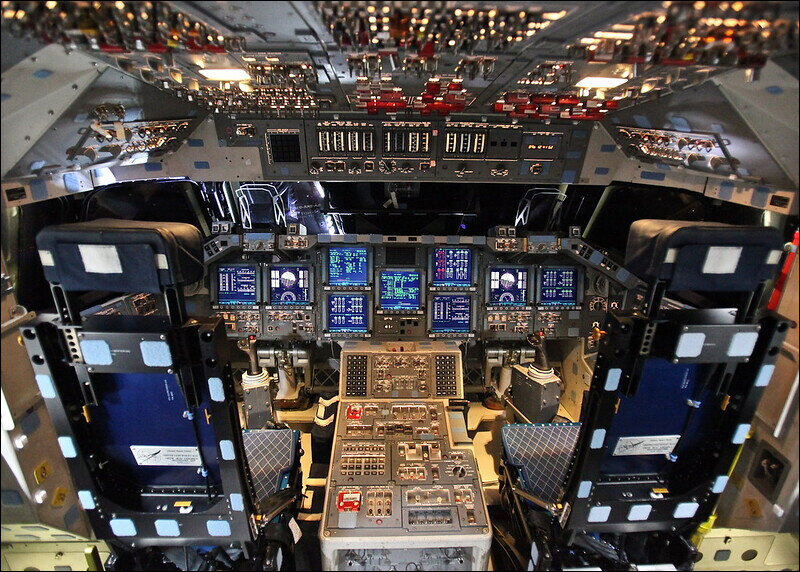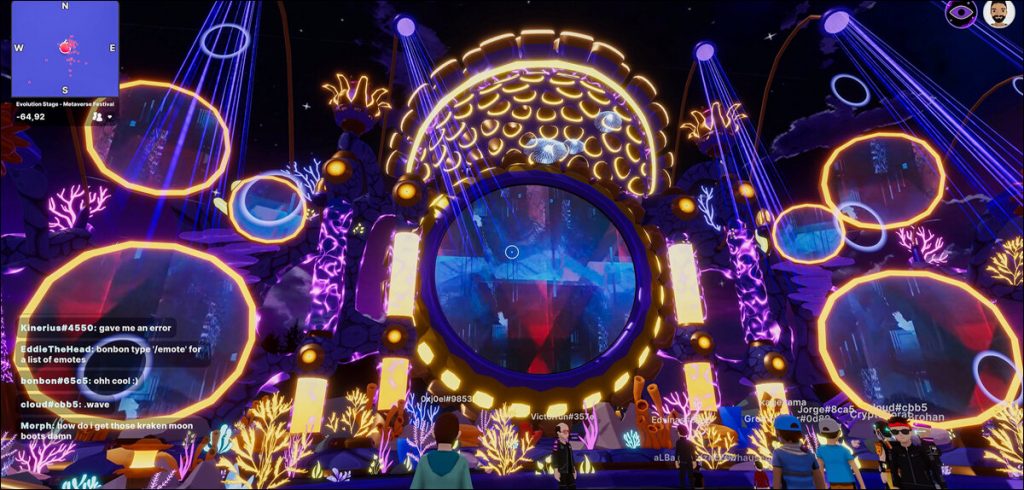Nigel Pereira explores the technological marvel known popularly as Metaverse and finds out how ‘real’ this artificial realm is
Philip Rosedale, the creator of the popular game Second Life, describes the metaverse as a three-dimensional version of the internet that’s populated with live people. That’s about as close as we’re going to get to a “nutshell” description of the metaverse.
What’s interesting is that many people consider Second Life to be the first metaverse since it was the first time that social media was integrated into a 3D digital world.
Similar to our post on how video games changed the way we process data, this looks like yet another case where technology pioneered initially by the gaming industry is now finding applications all over the enterprise.
Sify Technologies – Digital Services
Teething problems
In the words of former Google CEO Eric Schmidt “there’s not an agreement on what the metaverse is.”
As with most new forms of technology, it takes a while for standardization and agreements to be reached on the defining factors, mainly because a lot of it is still in development.
What we do know, however, is that the term metaverse was first coined by American author Neal Stephenson in his 1992 science fiction novel titled Snow Crash. What’s even more interesting is that the author, on seeing his concept come to life and turn into something that’s profit-oriented, has decided to step in himself and is now involved in building it.
That’s right, after expressing his disgust at the profit-greedy goliaths monopolizing the metaverse, Stephenson has partnered with Peter Vessenes, the head of the Bitcoin foundation. Together they have founded Lamina1, a platform that will enable users to build their own open metaverse.
In the words of Roby Abovitz, former CEO of Magic Leap, “It’s like Neal is coming down out of the mountains like Gandalf, to restore the metaverse to an open, decentralized, and creative order.”
It’s not every day we see science fiction authors actually getting to create their fantasies in the real world, that would be like Michael Crichton actually bringing Dinosaurs back to life.
We’re definitely not in Kansas anymore

According to Kristi Woolsey, associate director at BSG Platinion, the current state of the metaverse is similar in some ways to the early days of the internet. Where we once had a lot of disconnected networks like darpa.net and aol.net that eventually came together to form the Internet as we know it. Today we have a number of disconnected metaverses.
While we hope that they will all connect to each other at some point in time to form an all-encompassing metaverse, these disconnected mini-metaverses are still proof that science fiction can and does in fact become reality.
There are already a number of virtual lands you can visit in the metaverse in 2022 if you have a VR headset or even just a PC or a phone like in the case of Fortnite.
Fortnite is a third-person shooter game set in a virtual world unlike any other with a number of interactive social events like musical concerts and crossover events with Marvel movie characters.
Decentraland is another metaverse you can visit today where players can buy virtual properties that can be visited by other users. Sotheby’s, the infamous auction establishment has an auction house in Decentraland that you can walk through and buy stuff from just like a real auction.
Real-world applications

Similar to how pilots practice flying airplanes in complex 3D simulators that are designed to give you the experience of flying while safely on the ground, the metaverse opens up a whole new world of 3D simulation.
Imagine if surgeons could practice complex surgeries in the metaverse, or scientists could conduct ground-breaking experiments on a scale that isn’t yet possible in the real world.
There are already instances of students learning astronomy in virtual space stations as opposed to traditional classrooms. So what’s to prevent us from taking it further and training astronauts in the metaverse as opposed to expensive real-world facilities?
With regards to travel and tourism, in particular, Thomas Cook has already launched a “try before you fly” virtual reality holiday, where you can actually visit the place, you are going to in VR before you decide if you really want to go there or not. NASA has already realized the scientific implications of the metaverse and has teamed up with Epic Games, the creators of Fortnite, to issue a coding challenge for all game developers.
The challenge is to use Epic Games’ VR software called Unreal Engine 5 to create a metaverse environment to simulate life on Mars.
Virtual everything
While Facebook has changed its name to Meta to show support for the metaverse, organizations like Apple are still not completely sold on the idea.
Like a lot of technology that’s in the early stages, there’s really no telling what the final picture will look like, more often than not, it’s not what we expect it to be.
As we already mentioned in our post on AI and music, you never know, there might just come a time when you can plug in a VR headset and attend a Beatles concert live with Paul, John, George, and Ringo!
In case you missed:
- PVC Meta Coins: The Next Big Thing in Crypto?
- Netflix replaces its game developers with AI
- Omnidirectional VR treadmills, go anywhere without going anywhere!
- CES 2025: NVIDIA’s Cosmos Just Gave Robots a ‘ChatGPT Moment’!
- NVIDIA just dropped “ACE” at CES 2025: Truly intelligent NPCs coming soon!
- These AI powered devices add smells to virtual worlds
- Scientists gave a mushroom robotic legs and the results may frighten you
- The next iPhone could be foldable, with a self-healing screen!
- This computer uses human brain cells and runs on Dopamine!
- Samsung’s new Android XR Headset all set to crush Apple’s Vision Pro









